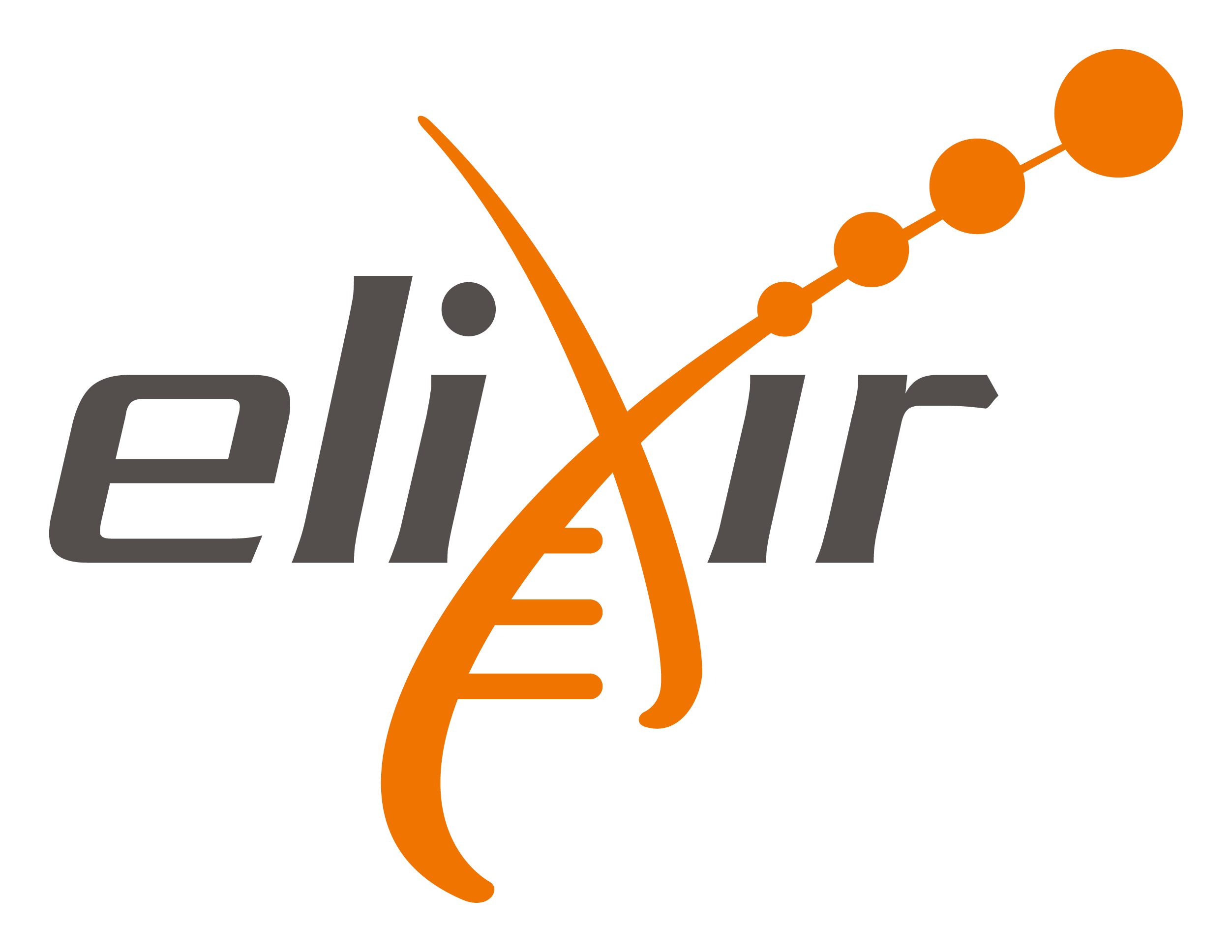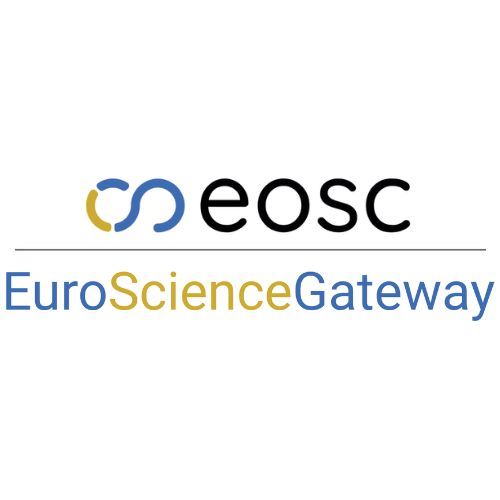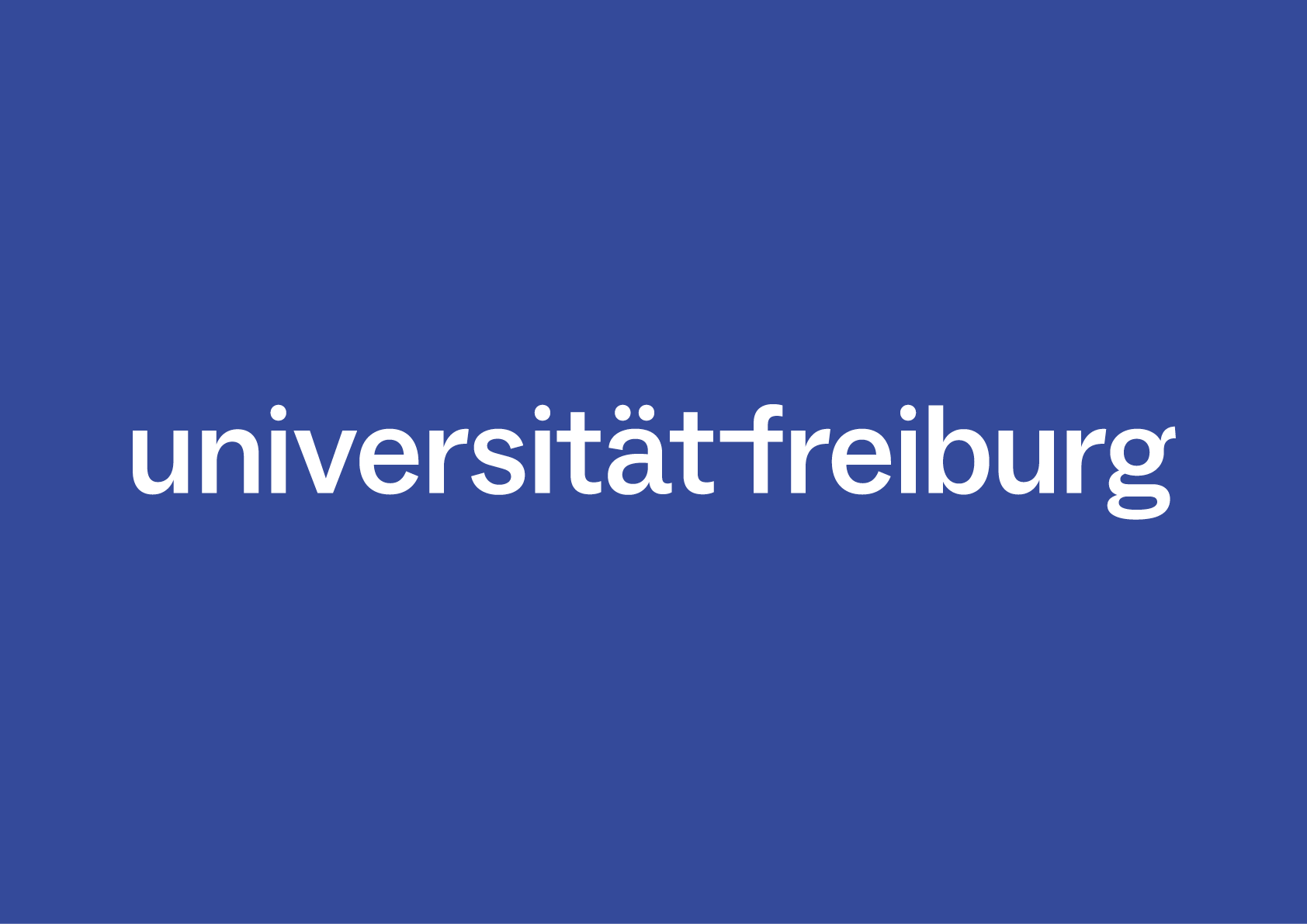Streamlining Bioinformatics Training with Galaxy TIaaS: A Wet Lab Success Story
No more setup headaches—TIaaS lets us deliver scalable, hands-on bioinformatics training that just works.
I’m Marcela Davila, an instructor working in bioinformatics at the University of Gothnburg, Sweden, where hands-on training with real tools is critical. When I first heard about Training Infrastructure as a Service (TIaaS), I saw the potential to overcome the common headaches of managing technical resources for workshops and courses directed to wet lab scientists.
Before adopting TIaaS, delivering hands-on training was a logistical nightmare. We had to secure physical servers or rely on students’ personal machines, which led to inconsistent environments and frequent technical problems. Setting up virtual machines or cloud resources was time-intensive, and scaling up for larger workshops was nearly impossible. As demand for practical, skill-based training grew, I needed a solution that could keep up.
With TIaaS, everything changed. Instead of spending hours (or days) preparing infrastructure, I could request on-demand, pre-configured training environments with just a few clicks. This meant learners had instant access to the exact tools they needed, no installations required. I was especially impressed by how easily we could scale without any performance issues.
The biggest shift was in learner engagement: students could dive straight into exercises without wasting time on setup, and they reported feeling much more confident with the tools. For me, TIaaS drastically reduced the administrative burden, allowing me to focus on content and interaction. We saw higher completion rates, better learner satisfaction scores, and smoother sessions overall. The reliability and flexibility of the platform made a noticeable difference.
TIaaS has become an essential part and I would recommend it to any instructor or organization looking to deliver scalable, hands-on education without the infrastructure headaches. It’s exciting to think about the new types of workshops and collaborative experiences we can now offer thanks to the power and flexibility of this platform.




